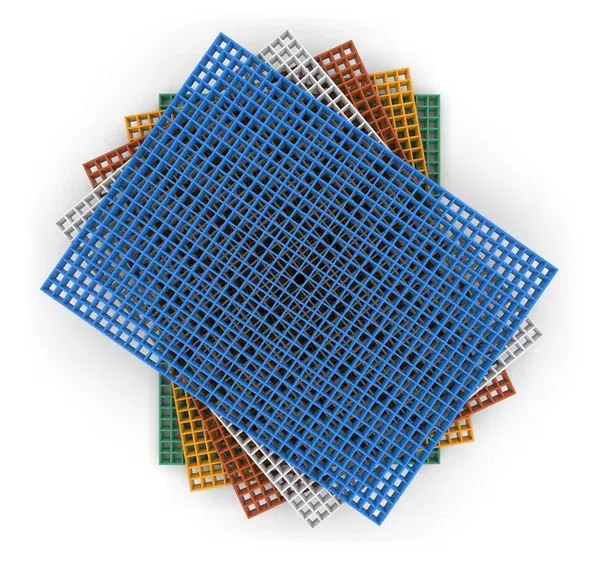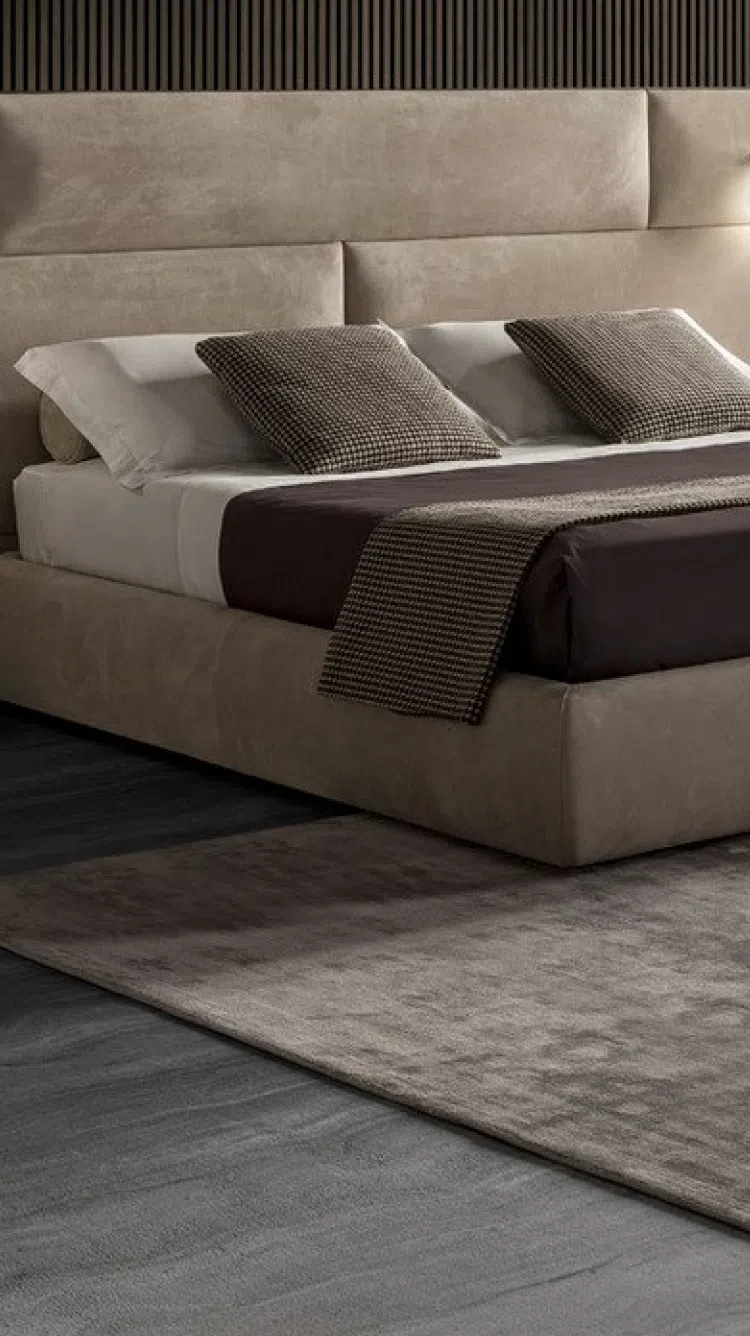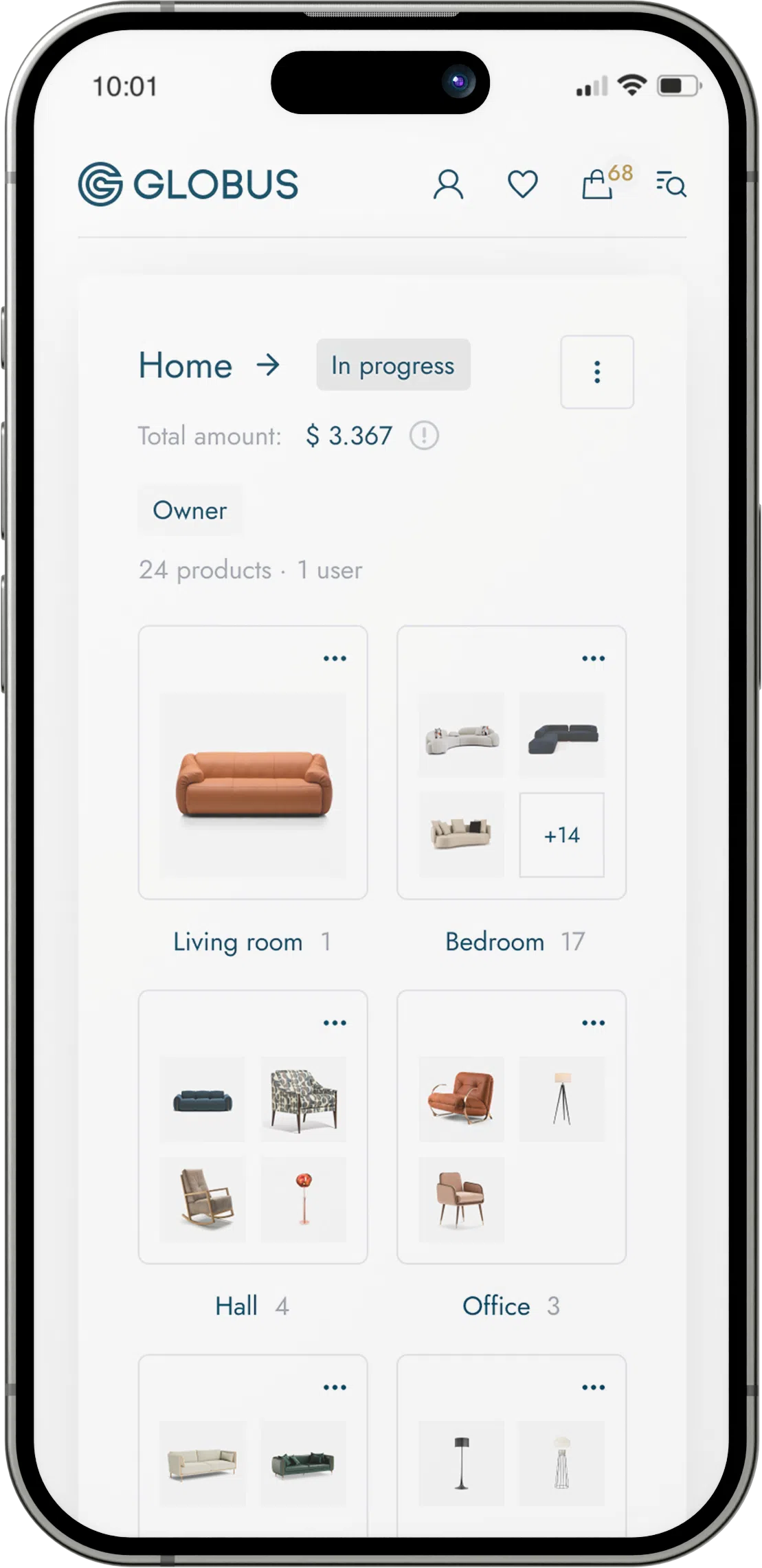
Fiberglass, commonly referred to in the context of furniture as glass fiber reinforced plastic (GFRP), is a composite material composed of fine glass fibers woven into a fabric and bonded together with a plastic resin. The defining characteristic of fiberglass is its combination of strength and lightweight, making it a popular material for a variety of furniture pieces, from outdoor patio sets to sleek, modern interior chairs and tables. Here's a closer look at the properties, production process, advantages, and disadvantages of fiberglass as a furniture material:
Properties:
- Strength and Durability: The glass fibers provide significant tensile strength, while the plastic resin matrix distributes stress over a larger area, resulting in a material that can withstand substantial loads and impacts without fracturing.
- Lightweight: Despite its strength, fiberglass is relatively lightweight compared to metals and solid wood, which can make furniture easier to move and handle.
- Weather Resistance: Fiberglass has excellent resistance against corrosion, water, and UV radiation, which prolongs its life and is ideal for outdoor applications.
- Moldability: It can be formed into complex and intricate shapes that are not feasible with traditional woodworking or metal forging, allowing for unique design possibilities.
- Low Thermal Conductivity: The material insulates well against heat, maintaining a comfortable touch and not becoming too cold or too hot based on environmental conditions.
- Non-Conductive: It doesn’t conduct electricity, which can be a beneficial property for certain applications.
Production Process: To create fiberglass furniture, the following process is typically used:
- A mold is designed to shape the final piece of furniture. The mold's surface must be prepared and treated with a release agent to ensure the finished product can be removed without sticking.
- Glass fibers are laid in the mold, either in the form of mats or cloths. These fibers can be laid manually or by an automated process, depending on the complexity of the piece.
- Resin is introduced into the mold, either by pouring, spraying, or through a vacuum infusion process to ensure that it penetrates and saturates the fibers completely.
- The resin is allowed to cure, hardening around the glass fibers to form a solid, strong composite material.
- Once the material has fully cured, the finished fiberglass piece is removed from the mold and may go through additional processes such as trimming, sanding, and painting or coating.
Advantages:
- Versatility in design due to the ease of molding into various shapes.
- The robust, long-lasting nature of the material, making it suitable for high-use furniture.
- Its suitability for indoor and outdoor settings attributing to its weather-resistant qualities.
- Low maintenance requirements, often needing just a simple wipe-down or wash to clean.
Disadvantages:
- The initial cost can be higher compared to traditional materials due to the manufacturing process.
- Potential for the surface to crack or damage under extreme stress, which can be difficult to repair seamlessly.
- Environmental concerns, as the production and eventual disposal of fiberglass can involve hazardous materials and is not biodegradable. Recycling can also be challenging.
- Possible health risks during manufacture from inhaling fine glass particles or fumes from the resin, necessitating careful handling and protective equipment.
Overall, fiberglass is a versatile and modern furniture material that lends itself to innovative designs and durable, low-maintenance furniture. Its specific properties make it ideal for certain applications, but environmental and cost considerations may make alternative materials more suitable for other uses.


